Victorian Painter’s Tools & Techniques: Color Schemes, Brushes, and Pigments Explained
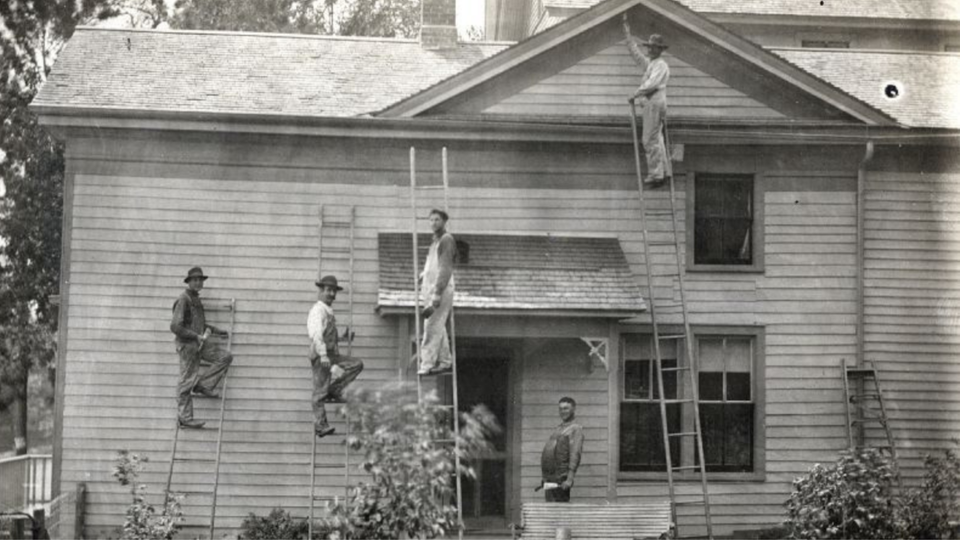
Victorian-era painters relied on unique tools, pigments, and color systems that continue to influence historic home preservation today. Understanding these 19th-century painting techniques can help homeowners, preservationists, and restoration professionals maintain the authentic character of historic buildings.
At a time when everything was done by hand and craftsmanship was revered, 19th-century painters were skilled in design, mixing color, and even a little chemistry. Scroll to see some of the tools, tricks & techniques used by Victorian Era building painters.
In this guide, you'll learn:
- How Victorian painters chose color schemes
- What tools and brushes they used
- How pigments were mixed before modern paints
- Historic painting terminology

Victorian Color Plates and Historic Paint Schemes
Even the greatest artists need a little inspiration! “Plates” were a great reference to keep in your pocket when mixing and placing color.
Check out these authentic 19th-century, historic paint schemes:

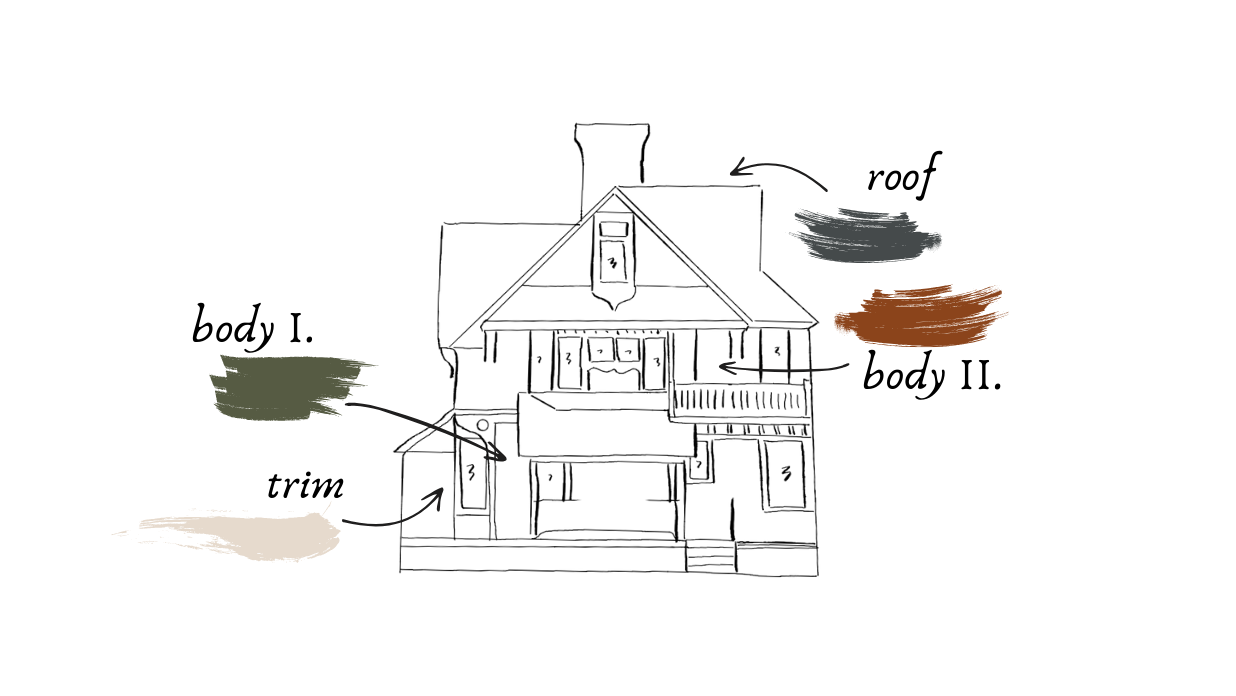
Victorian Painting Brushes and Tools
Did you know that a single house project could require DOZENS of brushes and tools? Different techniques demanded particular sizes & shapes– like distempering, varnishing, or pasting.
Some common brushes & tools are shown below:
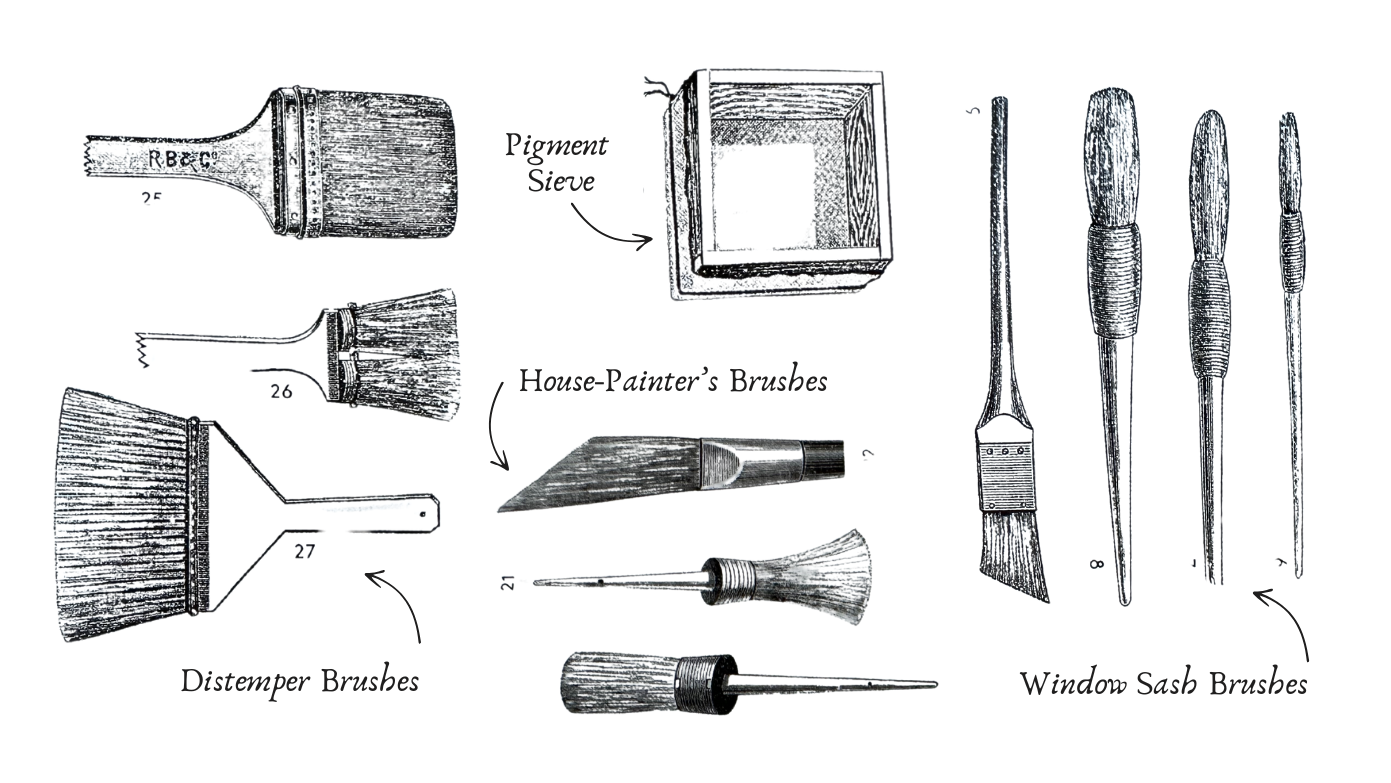
Historic Pigments and How Victorian Painters Mixed Paint
Ready-made paint was not widely available until the late 18th century. Before that, painters (also commonly known as “colourmen”) were skilled in hand-grinding pigments and mixing them with other components to make paint.
Habitually, pigment was mixed with oil and turpentine to give paint the correct consistency and desired finish & sheen.
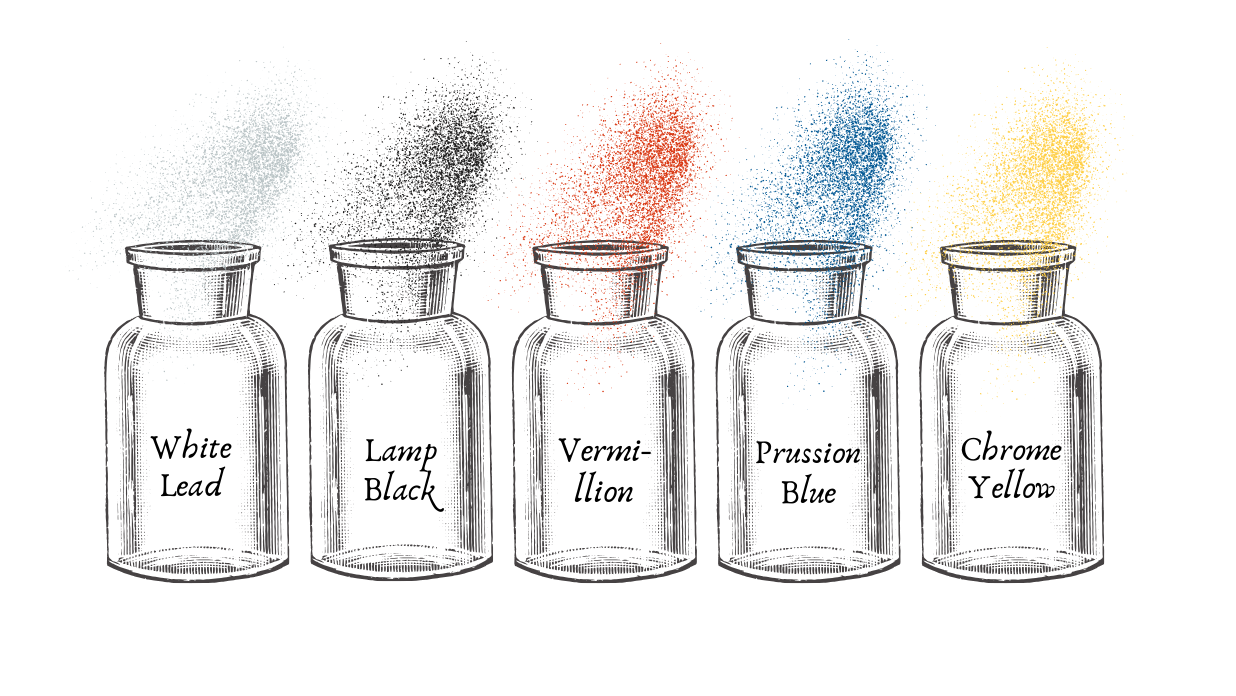
Victorian Painter’s Glossary: Common Terms and Techniques
Some color terms that may sound like jargon to you and me, but were common conversation for these historic painters:
- Tone (v.) - to mix a color with black or white
- Tint (n.) - a color mixed with white
- Shade (n.) - a color mixed with black
- Hue (n.) - made by mixing two or more colors
- Reduced Scale (n.) - various tints of color mixed with white
- Dulled Scale (n.) - various tints of color mixed with gray
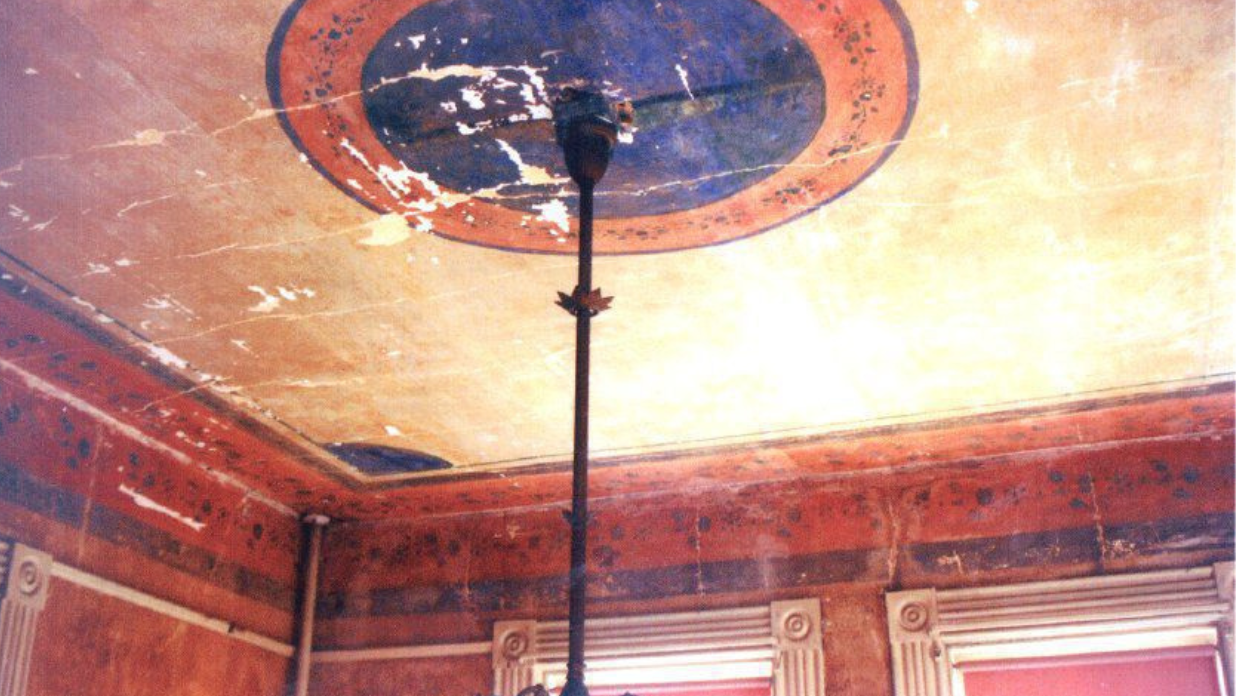
Why Victorian Painting Techniques Matter Today
Understanding historic paint methods is essential for anyone restoring a Victorian home, researching architectural history, or maintaining the authenticity of heritage buildings. It's the process and skill behind creating historic places that form a building's humanistic story.

Preserving the Past, for Tomorrow
Community support keeps Washington County’s stories alive! Make a difference in preserving our community’s historic places and cultural heritage today - by becoming a member or making a donation.

